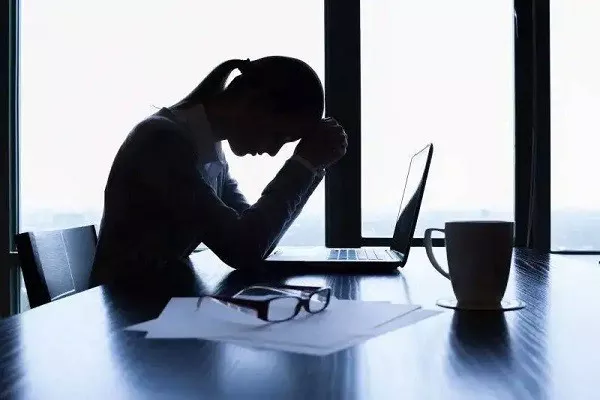Lydia Hance, choreographer for the Houston-based dance company Frame Dance, crafted the piece “Oh, I have to wash my hair,” exploring the intricate nuances of social anxiety. For Kerri Lyons Neimeyer, Frame’s education director and a dancer within the company, the connection to the material runs deep. Neimeyer, who has contended with social anxiety disorder (SAD) since adolescence, found a unique opportunity for expression during the creation of the piece, where dancers were invited to infuse their personal experiences into the choreography.
Understanding Social Anxiety Disorder
Social anxiety disorder, as explained by Terry Hyde, MA MBACP, a psychotherapist specializing in dancers’ mental health, revolves around anxiety triggered by social situations. Physical symptoms such as sweating, heart palpitations, or shortness of breath can manifest in individuals with SAD. Hyde emphasizes that SAD often stems from past triggers or traumas, compelling affected individuals to avoid social interactions due to fears of criticism, embarrassment, or negative judgment.
Neimeyer echoes this sentiment, stating, “At the heart of it, we really are afraid of being disliked, completely cast out, or completely annihilated in some way—that’s our base fear.”
The Impact on Dancers
Social situations, especially novel ones, pose additional challenges for those with SAD, according to Hyde. Joining a new class, participating in a company, or attending an audition becomes an extra hurdle. Neimeyer, however, views dance as a positive outlet that offers both challenges and support for her SAD recovery. While she acknowledges the difficulties, such as partnering, she also recognizes the dance environment’s structure as comforting, providing guidelines for acceptable self-expression.
Moving Toward Recovery
Hyde emphasizes that social anxiety can be addressed through various therapeutic approaches, including cognitive behavioral therapy (CBT) to modify unhelpful thought patterns and psychotherapy to unearth the root causes of triggers. Hypnotherapy and, in some cases, medication, are also viable options.
To cope with anxiety in the moment, dancers can employ coping skills. Hyde suggests deep-breathing exercises and recommends establishing affirmations, such as “I am safe” and “I am okay,” as a means of reinforcing positive feelings during challenging times.
As dancers like Neimeyer navigate the intersection of art and mental health, the conversation around social anxiety’s impact on performers takes center stage, shedding light on the resilience and coping mechanisms within the dance community.



























